#Oregon volcanoes
Explore tagged Tumblr posts
Text
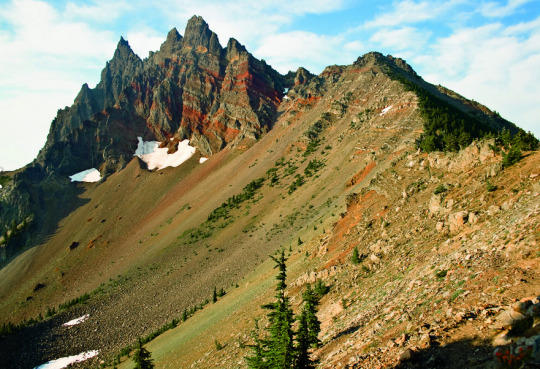
Ryan "Tuna Helper" Weidert captured this image of Three Fingered Jack at dawn. At 7,844' this volcano is certainly not one of the more prominent features on the Oregon PCT, but the rugged spires are very impressive. To really get a feel for Three Fingered Jack, read Russ Mease's account of climbing to the top in Crossing Paths: A Pacific Crest Trailside Reader.
7 notes
·
View notes
Text

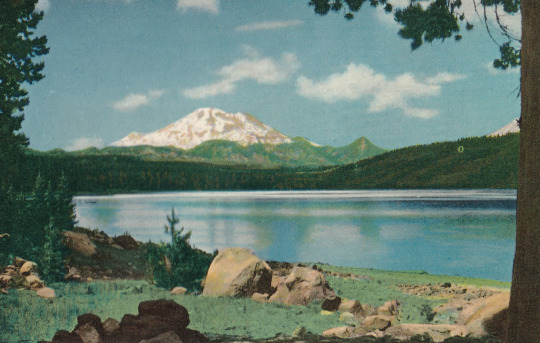

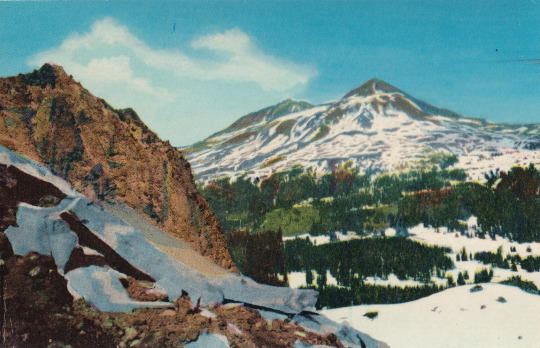
chrome postcards of the three sisters in central oregon ca. 1950s-60s
#postcard#postcards#volcanoes#three sisters#oregon#pnw#1950s#1960s#btw oregon photographer clarence christian took pics one two and four!#he hand-colored them from his B&W negatives
2K notes
·
View notes
Text

180 notes
·
View notes
Text
(Lava) Bomb on the Mountain (volcano)
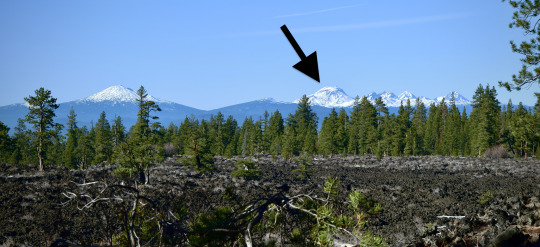
South Sister is Oregon's 3rd tallest peak. It's a stratovolcano 10,363 ft (3,158 m) tall, part of the Three Sisters complex which includes dozens of smaller volcanoes and several older eroded mountains.
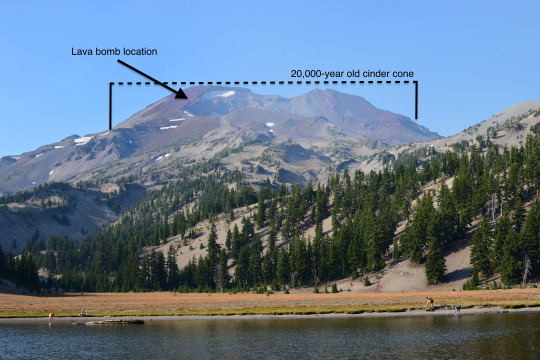
The upper 2,000 feet or so (~650 m) is a 20,000 year-old cinder cone, the result of a fire-fountain-type eruption of lava. One of the common features of that style of eruption are lava bombs - chunks of liquid lava flung through the air that cool in streamlined and elongated shapes. The upper flank of the mountain is very steep, and makes for slow climbing through cinders. Slope pitches average 30˚ in this area, and get as high as 58˚!
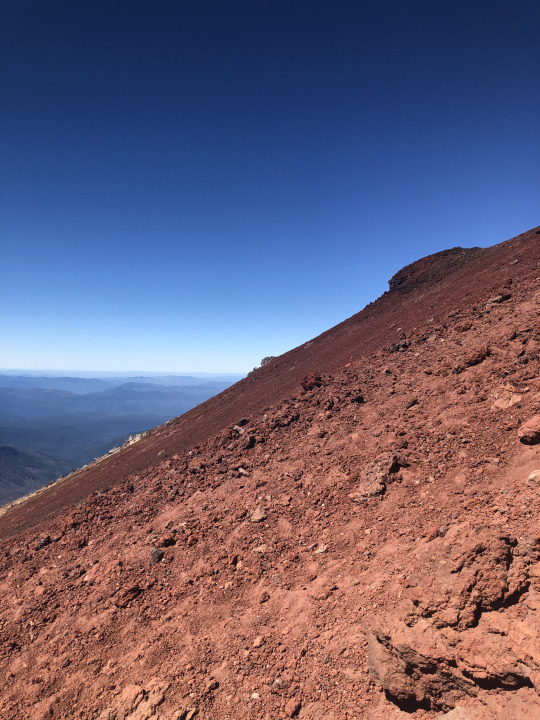
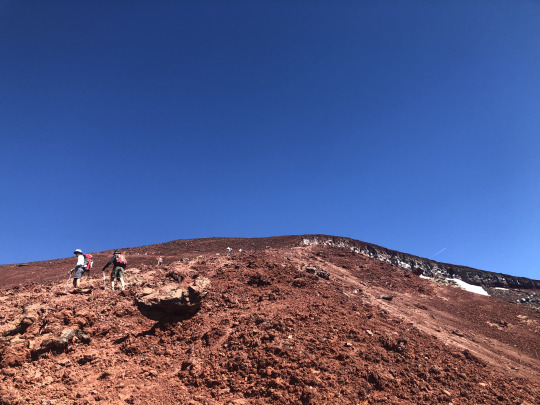
Perched at random on this slope is probably the largest lava bomb I've ever seen! It's probably about a meter across and shows the streamlined, elongated nature of a bomb very well. I'm not sure why it's still sitting at that precarious location, but up close you can see the vesicular texture of erupted lava (basaltic andesite). This might be classified (yes, there are sub-classifications of lava bombs - geologists love classifications!) as a breadcrust bomb because it looks almost like a crusty bread with cracked crust. These are very common on volcanoes like this. It's hard to see in this picture, but amidst the vesicles (bubbles) in the rock are numerous plagioclase feldspar crystals ~0.5-1 mm across.

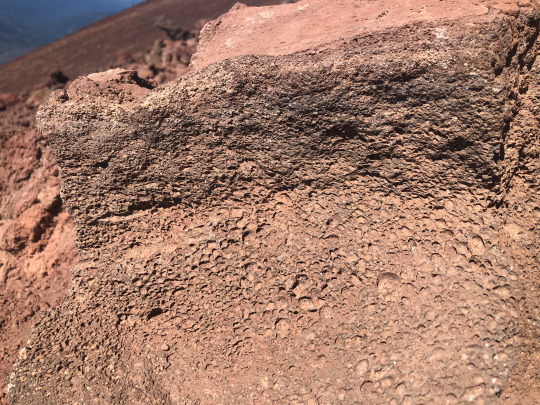
Anyway, volcanoes are cool.
#oregon#geology#pacific northwest#bettergeology#rocks#volcano#three sisters#deschutes#lava#basalt#cascade volcanoes#high cascades#cascadia#pnwexplored#mountain climbing#mountains#hiking#outdoors#nature#geology is cool#adventures
224 notes
·
View notes
Text


Unfortunately I have become hopelessly dependent on the volcano
#mt rainier#tahoma#volcano#cascades#artists on tumblr#just the Washington cascades though maybe I will post the Oregon Californian and Canadian cascades in the future#rock art#2023#i forgot i never shared this here#getting better at telling apart some volcanoes based on region and their shapes too#also jk i forgot mt hood is oregon
227 notes
·
View notes
Text

Last known photograph of vulcanologist David Johnston, at Coldwater II Camp, near Mt. St. Helens, Washington, May 17, 1980. He was among the 57 who perished when Mt. St. Helens erupted the next day. The area is now called Johnston Ridge, in his honor
711 notes
·
View notes
Text
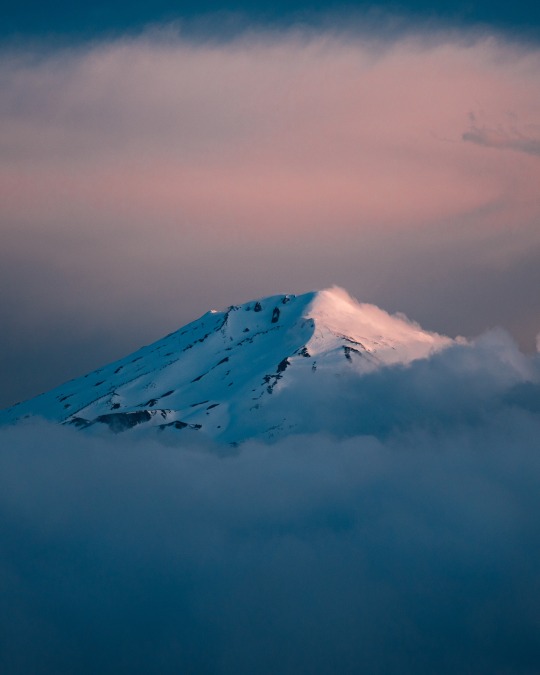
Spring sunset in Central Oregon
Instagram
#originalphotographers#photography#lensblr#original photography blog#photographers directory#oregon#centraloregon#backcountry#mountains#pnwonderland#bend oregon#mt bachelor#ski resorts#volcano#chair lift
478 notes
·
View notes
Text
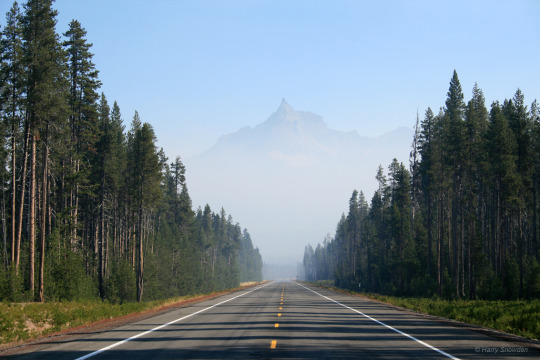
Mount Thielsen Revealed - Oregon
Harry Snowden
#photographers on tumblr#oregon#pnw#original photography#nature#pacific northwest#high cascades#wilderness#harry snowden#Mount Thielsen#volcano#wildfire smoke
352 notes
·
View notes
Photo

Mt. Hood Reflected in Trillium Lake, Oregon | Photography by Pam Braswell
31 notes
·
View notes
Text
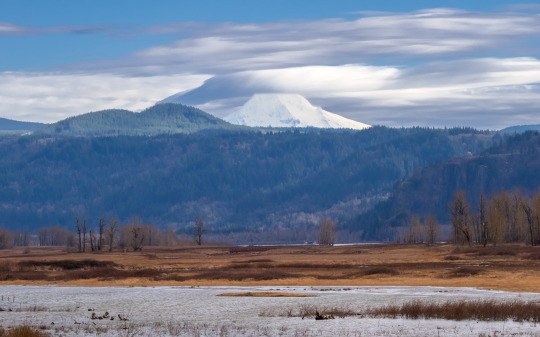
Cloud cap over Mt Hood
#original photography#photographers on tumblr#landscape photography#photography#mt hood#oregon#Steigerwald Lake National Wildlife Refuge#washington#pnw#pacific northwest#volcano#rafefar
129 notes
·
View notes
Text

View of Crater Lake from Merriman Point.
#original photography#photographer on tumblr#nature#pws photos worth seeing#landscape#water#rocks#travel#trees#crater lake#oregon#national park#blue skies#blue water#volcano
16 notes
·
View notes
Text





cascade range volcanoes in the pacific northwest postcards ca. 1900s-1910s
87 notes
·
View notes
Text
Does anyone want to see my favorite caldera


Mount Mazama erupted around 7700 years ago and then collapsed, and as a result, we now have Crater Lake
#caldera#geology#volcano#oregon#its 6 miles wide#sorry i had to fix the post bc i fucked it up the first time#anyway i took these sunday!!#i havent been there in 24 years or so?
114 notes
·
View notes
Text

Jagged
What do you think about my pic?
#Mt Bailey#Mount Bailey#shield volcano#Cascade Range#Oregon#Pacific Northwest#travel#original photography#vacation#tourist attraction#landmark#landscape#countryside#forest#woods#summer 2023#geology#rocks#nature#flora#photo of the day#Douglas County
26 notes
·
View notes
Text

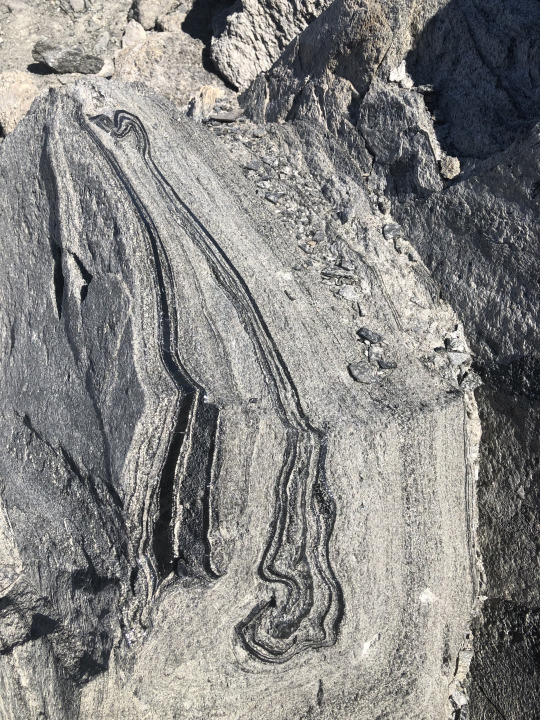

The Big Obsidian Flow is the youngest lava flow in Oregon, at the juvenescent age of ~1,300 years before present. It's a product of the most recent eruption of Newberry Volcano, the largest in the Cascade Range north of the California border (Medicine Lake Volcano is the largest overall). Newberry is a bit enigmatic - it's a huge volcano with a high rate of large eruptions but is not on the main Cascade volcanic arc. There's a number of converging fault zones in this area, which probably create significant crustal weakness allowing magma to percolate through the crust quickly.
Obsidian is common in lava flows of the rhyolitic composition, which is the most evolved kind of magma. Rhyolite magma spends lots of time spent in the crust for crustal rocks to contaminate the magma body and for heavier iron/magnesium-rich minerals to settle out, leaving behind a melt with over 68% silica (quartz). Silica is the same stuff regular glass is made of, so the higher your silica content then the glassier your lava flow is likely to be on the surface. The bands present in big chunks of obsidian are the result of shearing, differential cooling/composition, and flowing during the lava flow. This is very thick, sticky, viscous lava that doesn't like to flow. As it cools, it breaks rather than bends and turns the lava flow into a moonscape of glass shards and boulders.
The large amount of obsidian at this and other flows around Newberry Volcano is interesting because the volcano is mostly made of basalt - a lava with a near-opposite composition from rhyolite. Akin to Mauna Loa or Iceland, most of Newberry's lava flows form a broad shield more than 60 miles N-S and 30 miles E-W (roughly 100x50 km). The central part of the Volcano is about ten miles (16 km) across and contains a caldera formed when the central summit collapsed ~75,000 years ago. The caldera has been filled by subsequent eruptions and by two lakes separated by a big pumice cone. This means that the volcano produces - simultaneously - a wide range of magma compositions, indicating a complicated and long-lived magmatic system. Hazards from Newberry (to the 200,000 people living on its slopes) are not limited to fluid basalt eruptions that slowly blanket the landscape but also major explosive eruptions. The Big Obsidian Flow is a representative of the latter. Ash and debris from that eruption is found as far away as Idaho, and is many meters deep near the eruption's vent.
#oregon geology#geology#lava#magma#obsidian#volcano#volcanology#newberry volcano#central oregon#bendoregon#Cascade Volcanoes#PNW Volcano#rocks#oregon
163 notes
·
View notes
Text

It’s Tell a Friend Friday!
Please enjoy this photo I took of Wy'east (Mt. Hood) a few years ago on a backpacking trip on Section G of the Pacific Crest Trail.
Then tell someone you know about my work–you can reblog this post, or send it to someone you think may be interested in my natural history writing, classes, and tours, as well as my upcoming book, The Everyday Naturalist. Here’s where I can be found online:
Website - http://www.rebeccalexa.com
Rebecca Lexa, Naturalist Facebook Page – https://www.facebook.com/rebeccalexanaturalist
Tumblr Profile – http://rebeccathenaturalist.tumblr.com
BlueSky Profile - https://bsky.app/profile/rebeccanaturalist.bsky.social
Twitter Profile – http://www.twitter.com/rebecca_lexa
Instagram Profile – https://www.instagram.com/rebeccathenaturalist/
LinkedIn Profile – http://www.linkedin.com/in/rebeccalexanaturalist
iNaturalist Profile – https://www.inaturalist.org/people/rebeccalexa
Finally, if you like what I’m doing here, you can give me a tip at http://ko-fi.com/rebeccathenaturalist
#Wy'east#Mt. Hood#Oregon#Pacific Northwest#PNW#backpacking#through hiking#hiking#nature#nature photography#mountain#Cascade Mountains#landscape#landscape photography#Tell a Friend Friday#volcano#geology#PCT#Pacific Crest Trail
20 notes
·
View notes

